We give Hyundai’s latest hatchback, the Grand i10, the full road test treatment with its 1.1-litre U2 diesel engine.
The most significant thing about the Hyundai Grand i10 is the U2 1120cc, three-cylinder engine which makes its debut in this car. This 70bhp diesel engine is also the first to be manufactured locally in Hyundai’s plant near Chennai. Although brand new, this motor is essentially the i20’s 1.4-litre engine that has sacrificed a cylinder in the interest of better fuel efficiency and better packaging.
Diesel engines and three cylinders don’t really go well together as both are inherently prone to vibration, so it comes as no surprise that the Grand i10 vibrates softly at idle and loses the smoothness found on the four-cylinder engine in the i20. But, just a small dab on the accelerator and the counter-balancing shafts do their job well and the vibrations recede quickly. In the city, the linear power delivery coupled with relatively short gear ratios gives the Grand i10 admirable performance. In stop-start traffic, the responsive nature of this motor and reasonably light clutch makethe Grand i10 quite effortless to drive.
Keep the tacho needle between 1600 to 2700rpm and this motor performs at its best. But as the needle travels into 3500rpm territory, the car rapidly loses steam and makes quite a racket too. This can be an issue on open roads where, for example, if you were to downshift from about 2500 revs to overtake, you’d plonk the engine in the gutless regions of the power band. So quick overtaking manoeuvres on a single-carriage road are quite difficult to execute cleanly. The narrow power band also means you will put the ’box through a good workout but, thankfully, the short and precise shifts ensure it doesn’t feel like butter-churning drudgery.
Although the Grand i10 is clearly designed with urban consumers in mind, cars like the Swift have raised consumer expectations of the performance potential of smaller cars. To put things in perspective, the Grand i10 takes a very leisurely 20.25 seconds to get to 100kph while the Swift dispatches the same in 13.5sec. In-gear acceleration times aren’t good news either – 40-100kph in fourth takes 17.23sec in the Hyundai while the Swift does the same in 13.91sec.
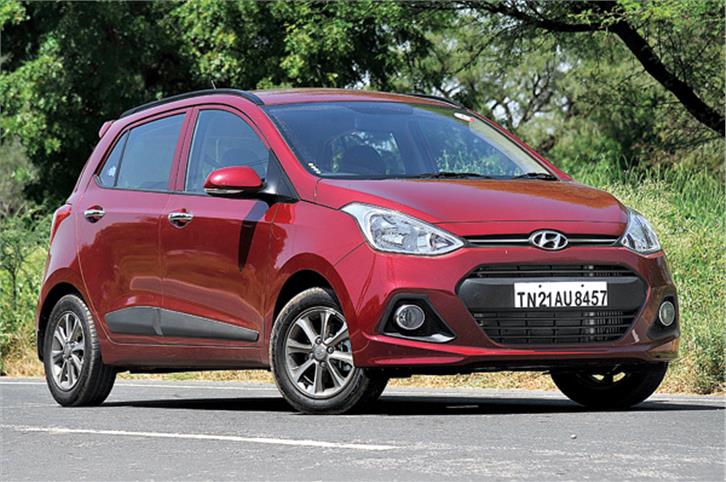
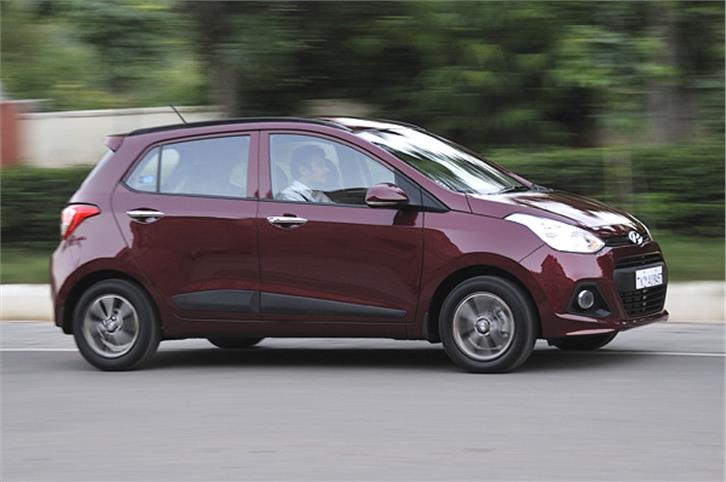

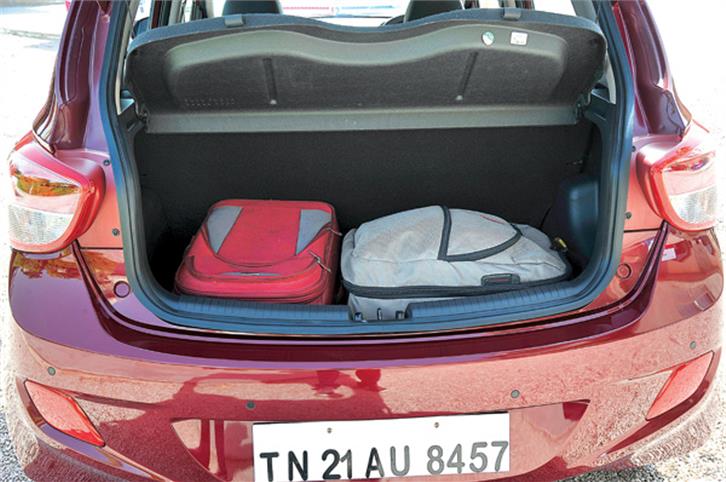




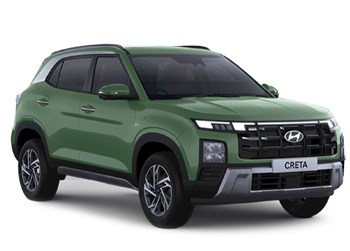
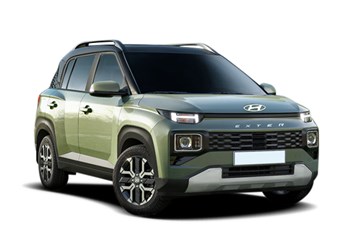
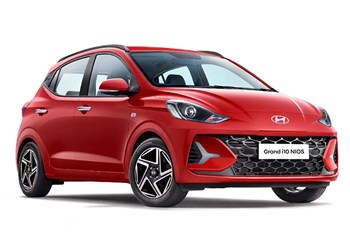
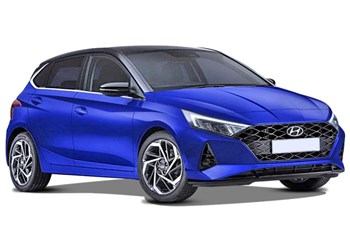
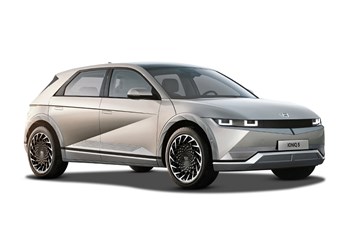
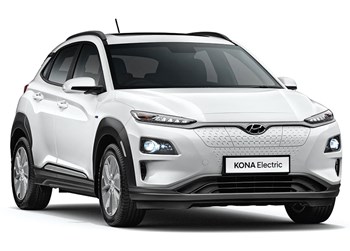







Comments
Member Login
Personal Details
No comments yet. Be the first to comment.